Introduction
The preview season for Magic: the Gathering's new set, March of the Machine, started yesterday, March 29, and in introduced one of the most anticipated novelties of the set since the small spoiler revealed in Atraxa, Grand Unifier - the new card type, Battle!
Now that we have the official information, let's explore in this article how these new cards work, and what their potential and/or dangers are for the future of the game and competitive formats!
How does Battle work in Magic: The Gathering?
Battle is a new Magic card type that will be available in March of the Machine starting April 21st. These spells seek to portray the epic combats against the Phyrexian invasion across the planes of the Multiverse, as in Invasion of Fiora.
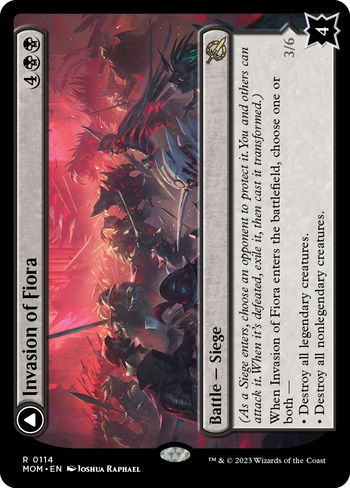
Battles are permanents and can only be cast any time you could play a sorcery, when the stack is empty. That is, at the same time a player normally casts a creature, artifact, enchantment, or planeswalker.
They come into play with a predetermined number of defense counters, as shown in the bottom corner of the card (just like in Planeswalkers). These defense counters determine how much damage a Battle needs to take to be defeated.
Battles have subtypes, and each subtype will determine the method to defeat it. For now, the only existing and available subtype in March of the Machine is Siege.
When a Siege comes into play, its controller chooses an opponent to be its protector. As with Planeswalkers, every other player except the protector can attack the Battle, and the protector can assign blockers to defend it. The Battle's protector is not its controller, he is just the player assigned to defend it, the player who casts the Battle is its controller.
Like Planeswalkers, Battles can take damage from spells that designate "any target", such as Lightning Strike and Lightning Bolt. Cards that assign specific damage to Battles may be released in the future.
Any damage dealt to Battle causes it to lose that many defense counters. When its defense reaches zero, its ability triggers. In the case of March of the Machine's Sieges, they all trigger as follows: its controller exiles the Battle, then casts the flipped side without paying its mana cost.
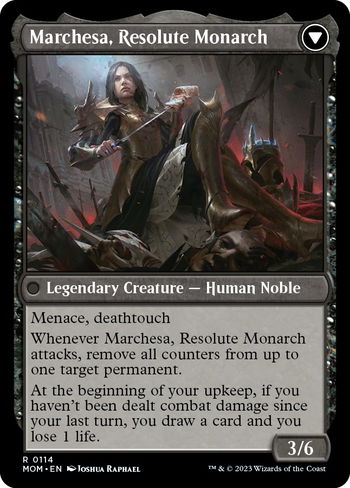
Each Battle becomes something different when defeated. Some become creatures, others become enchantments, Invasion of New Phyrexia turns into a Planeswalker, and there are also some that become sorceries when exiled. When an exiled Battle resolves, it is treated under the same rules as its new card type establishes.
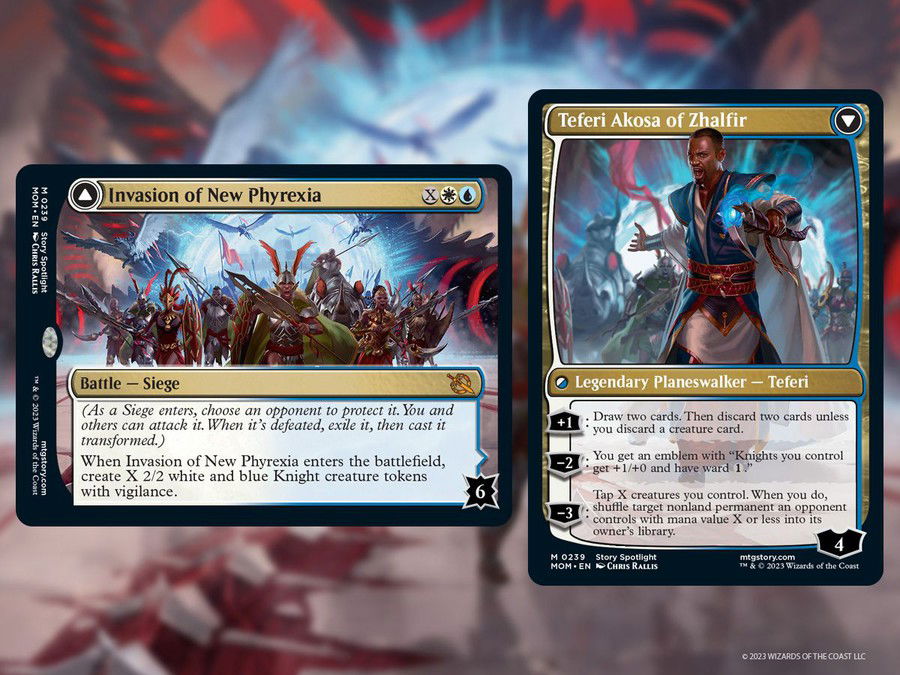
Tips and Tricks with Battle
So far, all Battles have an effect upon entering the battlefield. That is, an ability that triggers the moment they come into play. Considering the base value of cost and effect of these abilities for your deck is better than evaluating the Battle by its transformed side, since it requires more effort to use.
If a transformed Battle is returned to your hand, like all double-faced cards, it will return to its original side.

Despite the effect of transforming Battle being a triggered ability, its controller exiles the permanent and then casts it without paying the mana cost, opening up space to interact with Battle on the stack with Make Disappear, or other counterspells, or even to bounce them on the stack, with Venser, Shaper Savant and the like.
However, it's worth noting that since the spell is being cast, it's representing the new transformed card type. That is, a Negate cannot counter Marchesa, Resolute Monarch coming from an Invasion of Fiora, as it is a creature.
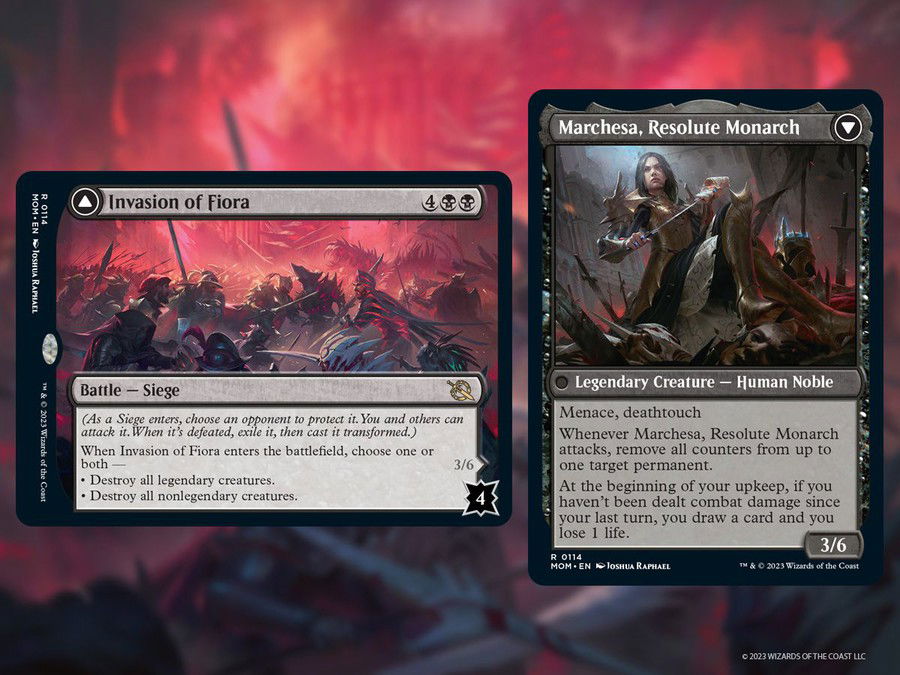
Any player can direct damage spells or abilities to a Battle. However, they will only serve to remove the counters and speed up their transformation. An opponent who plays a Play with Fire in a Battle with a single defense counter will not destroy it, but trigger its transformation.
Effects that destroy permanents, such as Maelstrom Pulse or Abrupt Decay, don't transform Battles. Because it is being destroyed and still has defense counters on it, instead of being defeated with no defense counters. The same goes for if an opponent destroys it with an Instant-Speed effect in response to the defeat trigger.

Effects that add or remove counters affect Battles' defense counters. For example, cards with Proliferate can increase the amount of counters on them, while Vampire Hexmage, which removes all counters from a target permanent, grants an immediate transformation.

Battle is a card type, so it affects other spells or abilities that care about types, such as Traverse the Ulvenwald or Tarmogoyf. Siege is a subtype, and does not affect this card category.
Battle and its Design Potential
From a creative point of view, Battles open up a wide space of future possibilities.
For example, while all cards in this category will have the Siege subtype in March of the Machine, it's possible for other Battles subtypes to be created in the future, with mechanics quite different from the ones they promote. We can imagine that, in the future, a card with the Battle type that its own controller needs to protect from to gain a recurring benefit, but with a severe punishment if it leaves play, may arise.
Example 1
Protect the Sanctum

 Battle - ???When Protect the Sanctum enters the battlefield, create a 4/4 Angel token with Flying and Vigilance.Whenever you attack with one or more creatures, put a +1/+1 counter on target attacking creature you control. It gains First Strike and Lifelink until end of turn.If Protect the Sanctum is defeated, destroy all creatures you control.
Battle - ???When Protect the Sanctum enters the battlefield, create a 4/4 Angel token with Flying and Vigilance.Whenever you attack with one or more creatures, put a +1/+1 counter on target attacking creature you control. It gains First Strike and Lifelink until end of turn.If Protect the Sanctum is defeated, destroy all creatures you control.
Of course, not all of them need to involve interactions with the battlefield.
Example 2
Duel at the Cabal

 Battle - ???When Duel at the Cabal enters the battlefield, draw four cards.If Duel at the Cabal is defeated, discard your hand and lose 1 life for each card discarded that way.
Battle - ???When Duel at the Cabal enters the battlefield, draw four cards.If Duel at the Cabal is defeated, discard your hand and lose 1 life for each card discarded that way.
Siege still has a lot of potential, but given the rules text, I'd guess effects that don't involve transformation, but a direct punishment for not protecting it, would need a new subtype.
Example 3
The Meathook's Hunting
 Battle - ???When The Meathook's Hunting enters the battlefield, each opponent sacrifices a creature.When The Meathook's Hunting is defeated, each opponent sacrifices a creature.
Battle - ???When The Meathook's Hunting enters the battlefield, each opponent sacrifices a creature.When The Meathook's Hunting is defeated, each opponent sacrifices a creature.
This design is simple and objective, but generates a cumulative punishment for the opponent if they fail to establish a good board position, while becoming irrelevant in front of an empty battlefield, where it turns into a Cruel Edict with a bonus or threat.
And let's not forget that, like other permanents, Battles can receive generic keywords too!
Example 4
War for Enlightenment

 Battle - ???FlashWhen War for Enlightenment enters the battlefield, it deals 3 damage to any target.When War for Enlightenment is defeated, scry 2, then draw two cards.
Battle - ???FlashWhen War for Enlightenment enters the battlefield, it deals 3 damage to any target.When War for Enlightenment is defeated, scry 2, then draw two cards.
These examples are just the surface of the potential we have for Battles: permanents that, for example, become Emblems when defeated are a good example of how much a new card type opens up horizons for the Magic: the Gathering's creative space.
Battles in Competitive Magic
Every time something new happens in Magic, players take to their social media to talk about how it impacts or even breaks competitive formats. It wasn't and won't be any different with Battles, but how will they affect competitive Magic?
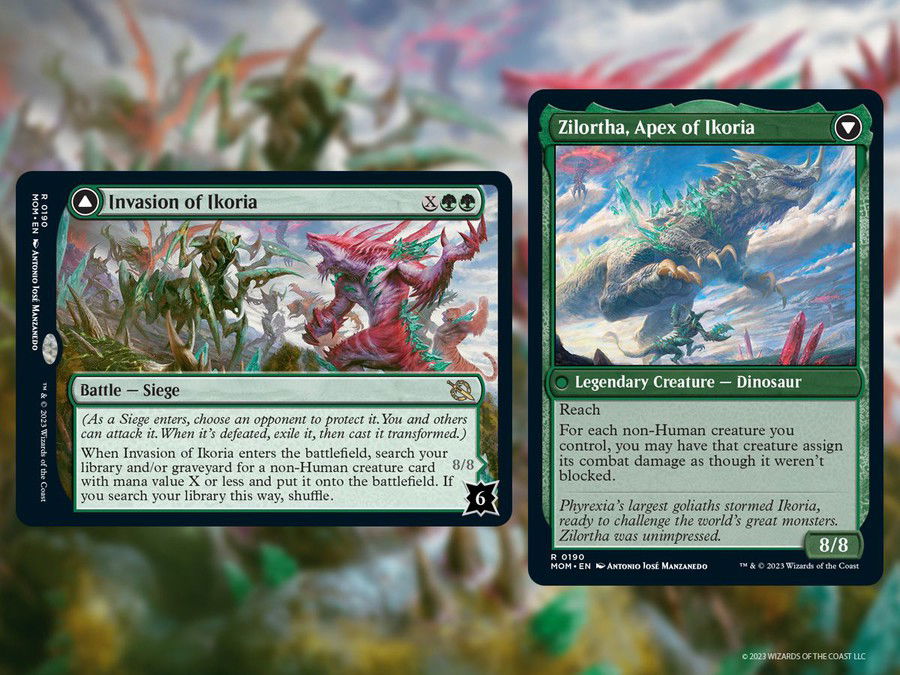
Like every newly released card, Battles will need to be evaluated on a case-by-case basis, given their mechanics don't seem to break the game pattern so much as to make them a semi-mandatory feature in every deck (unlike what we saw with Companions).
As each of them has an immediate effect when entering the board, what Battles change in essence are our decisions in combat. Now, we will have to decide if we are in a position where it is better to pressure the opponent or go after our reward by defeating the battle and turning it into a new permanent.
Think of them like a Sidequest in an RPG: is it better to focus on your main objective (defeating the opponent), or focus your combat phase on the Battle and earn a reward for doing so that can help you accomplish your goal? Or is it better to focus on the Planeswalker that is on the opponent's battlefield, generating value for them?
And, yes, this change motivates players to have more creatures in play. Unlike Planeswalkers, who reward you for keeping the board clean to accumulate value with them, Battles reward you for having creatures to attack and block.
It makes the combat phase, which Wizards have been trying to turn the game more focused on for some years now, more complex, while favoring the use of Battles with immediate effects, previously seen in Sorceries or Enchantments. Just remember that you don't have to remove all counters at once, and you can invest your resources in getting your reward in the long run if needed.
And what will this change in the structure of competitive games? It's too soon to tell, and it will depend on how rewarding defeating a Battle will be in the development of matches. If the rewards are good, we can expect an increase in methods to maintain a favorable board position and/or not suffer so much for 1-for-1 trades with other people's removals.

And of course, having a new card type means amplifying the potential of spells or permanents that care about... card types!
Again, the value of each Battle depends on its individual potential, and we still cannot guarantee whether they can appear in eternal formats such as Modern, alongside Dragon's Rage Channeler, Traverse the Ulvenwald or Tarmogoyf.
However, given that they don't seem like a mechanic exclusive to March of the Machine, but rather a type we'll see in Magic: The Gathering from now on, it's only a matter of time before cards come out that are good enough to be present in high-power level Metagames.

The big winners, at the moment, appear to be Atraxa and Traverse the Ulvenwald. The Phyrexian Angel will naturally be in decks that want some Battle in play for its effects, even if they don't interact directly with it.
Shadows Over Innistrad's Sorcery has gained space on Pioneer recently, and if there are archetypes with green that benefit from Battles (such as Abzan Greasefang), it is likely to become a staple once again.

Another category that benefits from the arrival of Battles are those that allow Bounce or Blink of permanents in play, such as Kor Skyfisher in Pauper and Flickerwisp in Modern and Legacy. Since, so far, all Battles have had ETB effects, if they make it to the commons slots, or have enough impact for eternal formats, there are a dozen interactions we can do when returning them to our hands.
Do we have enough answers for Battle in Standard?
When a new card category is released, the Metagame and players take time to adapt to it. When Planeswalkers were released, in Lorwyn, Wizards needed to dedicate themselves, over the course of sets, to creating efficient answers for them in addition to counterspells.

Oblivion Ring on Lorwyn wasn't enough, and little by little, other cards were released in later sets to effectively tame Planeswalkers outside combat, culminating in Hero's Downfall on Theros.

While there is a fear that, initially, Standard will have problems removing Battles from the battlefield, especially in 


Planeswalkers and Battles actually have opposite natures. While a player wants to destroy/exile an opponent's Planeswalker and spends resources to do so and their opponent dedicates resources to protecting it, the roles are reversed with Battles, as its controller wants to dedicate resources with attack and damage their permanent, while the opponent must prevent its counters from being reduced to zero in order not to deal with a greater threat.
The existence of Battles on the battlefield does very little after they come into play. On the contrary, they even serve as a pseudo-Fog in some moments, where the opponent will choose to attack or cast a Lightning Strike on it instead of you, while, in your hand, maybe have the proper removal for the type of permanent this Battle will become.

At the moment, this tradeoff seems fair and the best method to prevent the opponent from extracting value from Battles is with counterspells. However, as this theme develops and new proposals emerge, more specific answers will need to be released to establish a limiter that keeps the Metagame in a healthy state.
Conclusion
Battles have a lot of potential in the future of Magic, and just as we've seen with creatures and other permanents over the past few years, they're another step on the road to making the game more permanent-based and combat-oriented.
Its introduction opens up many possibilities for the future, as well as creating new layers of complexity in decision-making between players. And if you want to know a little more about them, here are some of the cards revealed in the previews!
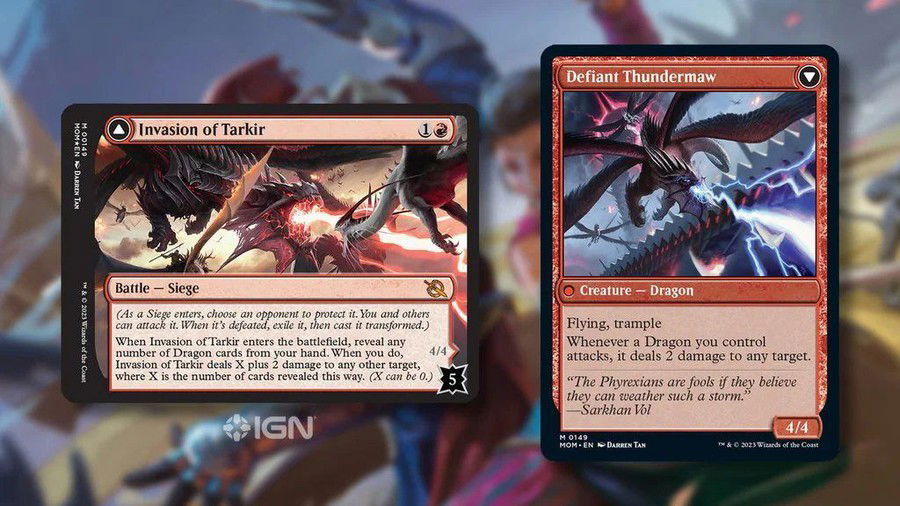
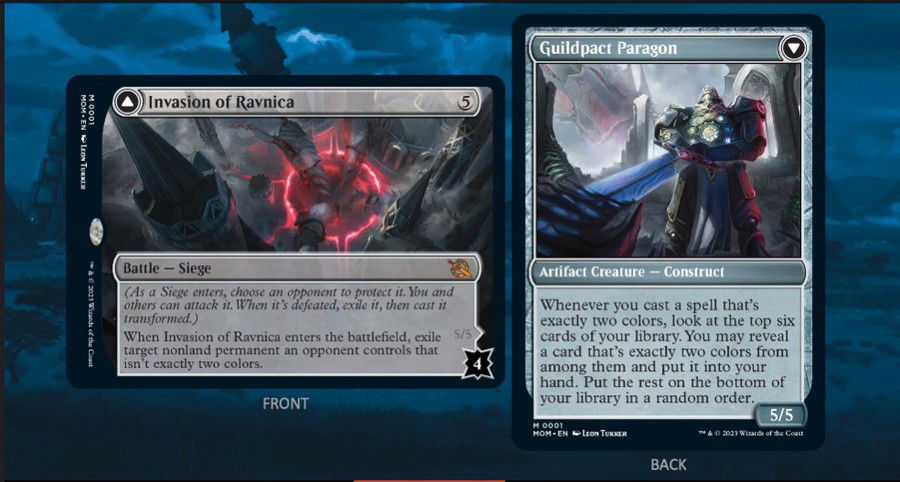
If you have any questions, leave them in the comments section!
Thanks for reading!

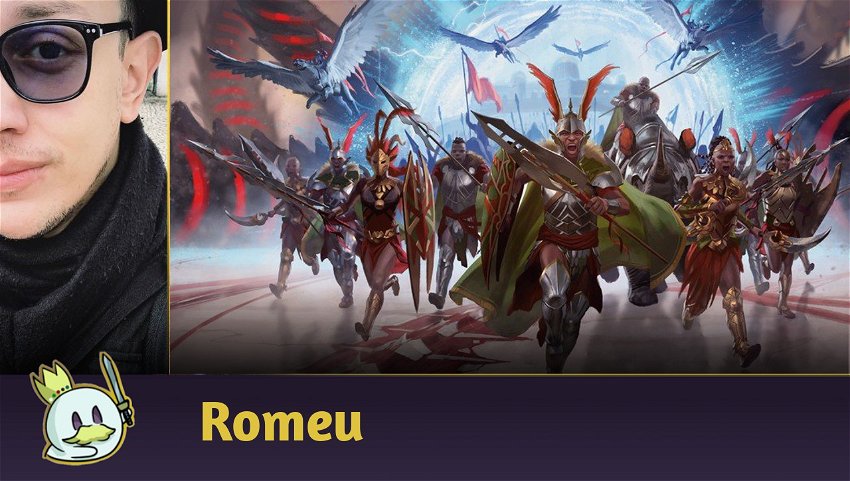






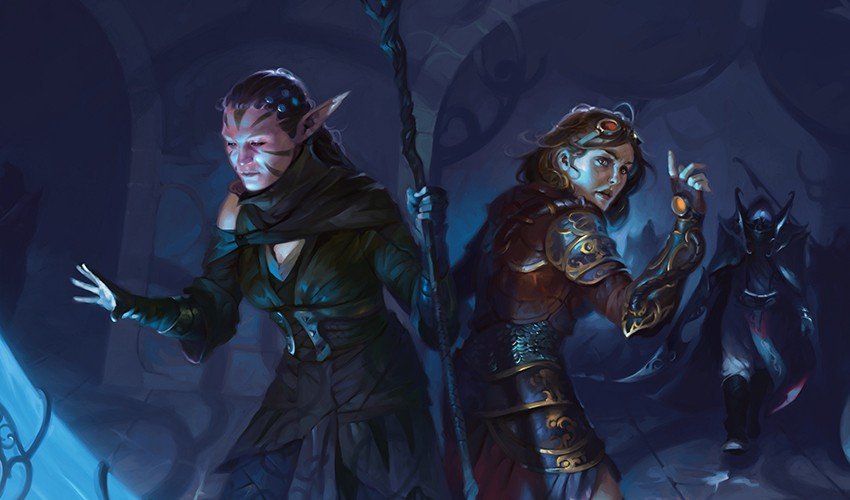
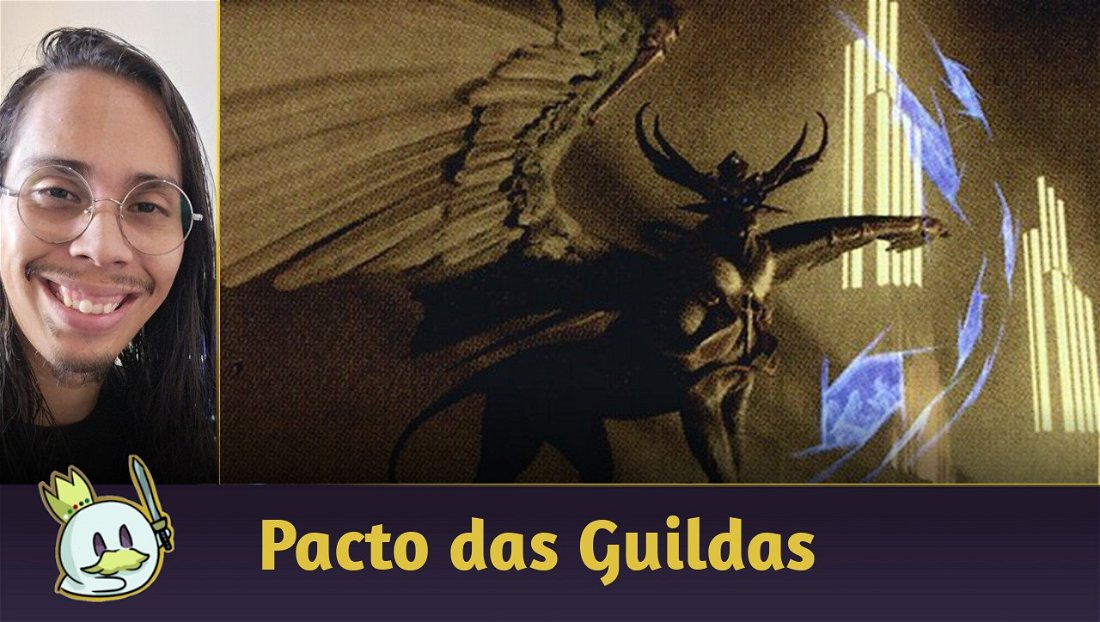



— Comments 0
, Reactions 1
Be the first to comment